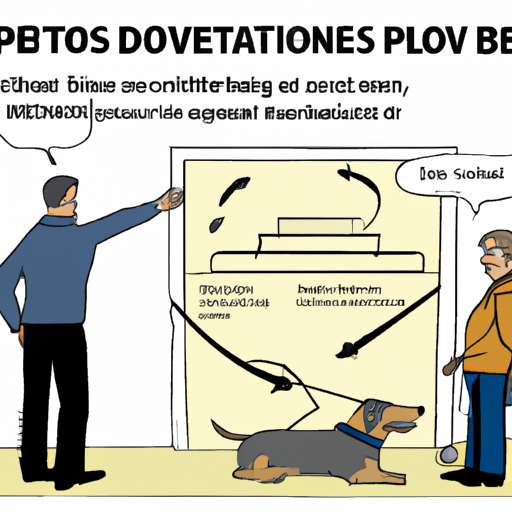As a caregiver to your beloved canine companion, it is crucial to understand the risks and prevention strategies associated with bloat in dogs. This article will provide you with comprehensive insights on how to keep your four-legged friend safe and healthy.
1. Understanding Bloat in Dogs
Bloat, or Gastric Dilatation-Volvulus (GDV), is a life-threatening condition that chiefly affects large, deep-chested dogs but can occur in any breed. It involves the stomach filling with gas and possibly twisting, trapping the gas and food inside. This causes a rapid, painful expansion of the stomach that can lead to shock, organ damage, and death within a few hours if not treated immediately.
2. Recognizing the Symptoms of Bloat
Understanding the symptoms of bloat will enable you to react quickly and potentially save your dog’s life. Symptoms include:
- Excessive drooling
- Restlessness
- Swollen abdomen
- Retching without vomiting
The moment you notice any of these symptoms, rush your dog to the vet. Every second counts.
3. Feeding Habits and Bloat
Your dog’s feeding habits play a crucial role in preventing bloat. Here are some recommendations:
- Split meals: Rather than one large meal, divide your dog’s daily ration into two or three smaller meals spread throughout the day.
- Slow feeders: If your dog tends to gulp down their food, consider using a slow feeder bowl.
- No exercise after meals: Avoid vigorous exercise for at least an hour after your dog eats.
4. The Role of Diet in Bloat Prevention
Diet plays a significant role in bloat prevention. Consider these strategies:
- High-quality food: Feed your dog high-quality, easily digestible food.
- Avoid gas-producing foods: Foods like beans, cauliflower, and cabbage can increase gas production.
- Hydration: Ensure your dog always has access to fresh water, but avoid letting them drink excessively immediately before or after meals.
5. Breeds Prone to Bloat and Genetic Factors
Certain breeds are more prone to bloat than others. Here is a table of breeds with high susceptibility:
| Breed | Level of Risk |
|---|---|
| Great Dane | High |
| Saint Bernard | Medium |
| Weimaraner | Medium |
| Boxer | Low |
If your dog’s breed is on this list, consult with your vet about preventive measures, which may include prophylactic gastropexy – a surgical procedure that can significantly reduce the risk of bloat.
FAQs
Q: Can small dog breeds get bloat?
A: Yes, though it is less common, small breeds can also get bloat.
Q: Can bloat be treated at home?
A: No, bloat is a serious medical emergency that requires immediate veterinary intervention.
Q: Is bloat painful for dogs?
A: Yes, bloat causes severe discomfort and pain.
Q: Is bloat in dogs preventable?
A: While there’s no guaranteed way to prevent bloat, adhering to the above-mentioned feeding and dietary tips can significantly reduce the risk.
Remember, as a caregiver, your vigilance can make a world of difference in your dog’s life. Stay informed, stay alert, and keep your furry friend safe from the threat of bloat.



